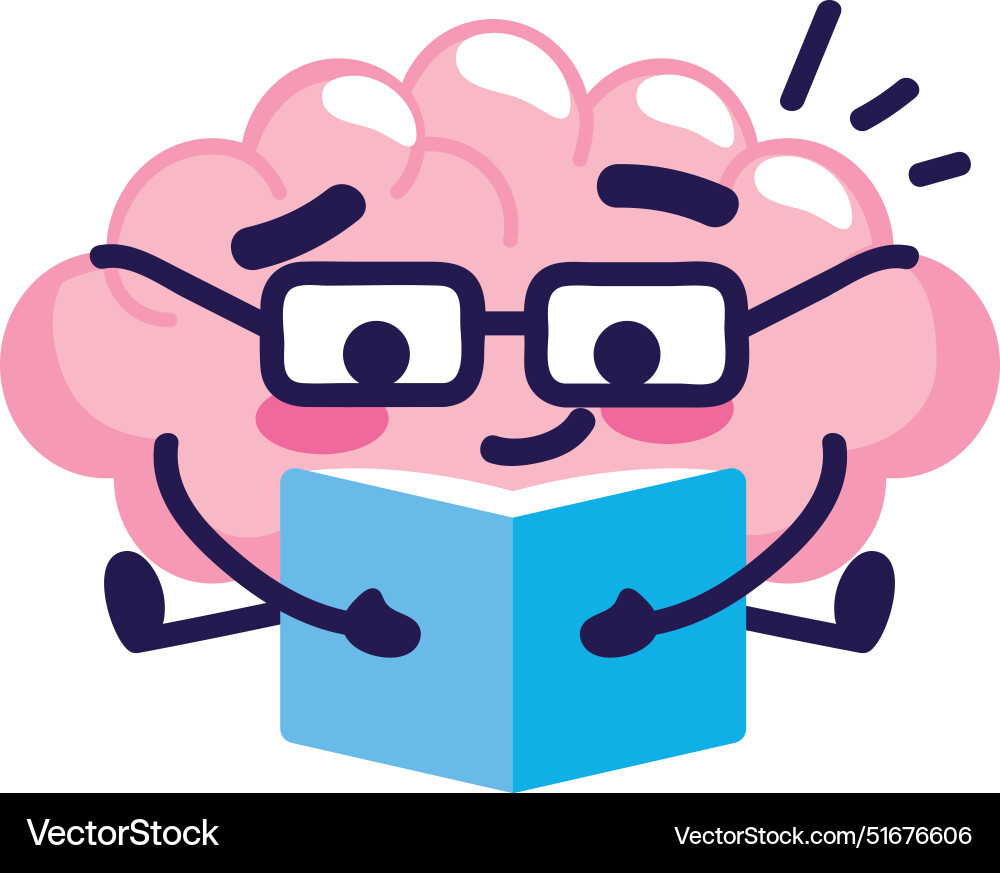
Does your child struggle with reading comprehension? If so, know that your child is not the only one, in fact schools are struggling with literacy rates on a whole-this is why there is a current reading reform happening throughout our schools. 40 years of research, show there are ways of teaching literacy beyond phonics that are more effective in helping your young reader grasp the full meaning of any given text earlier and easier.

What is the Science of Reading?
In short, after years of research, it is an evidenced way of teaching students to read. The focus is developing both word recognition AND fluency of expression so that the understanding of the text is the main goal.
The Main Principals:
Phonemic Awareness, Phonics, Fluency, Vocabulary and Comprehension
The brain of a child needs to first know the different sounds of spoken language, then connect the sounds to written letters, then blend those sounds for words-this is called decoding. In other words, reading does not come naturally! Students need to have decoding AND strong language comprehension skills to achieve reading comprehension. The structured approach of Reading Science has an overall scope and a sequence that builds on itself so that students are not feeling as though they don’t understand something that hasn’t been introduced to them yet. This structured approach helps ALL students including those with learning differences such as dyslexia.
Currently many students are still learning under the balanced literary approach. Though this may work for many, the focus still tends to be on the Phonics and is developed in more macro-learning. The Science of Reading is structured within micro-learning, leaving less readers behind, especially in terms of comprehension.
WHAT DOES THIS LOOK LIKE IN THE CLASSROOM?
Rather than “at the right level” reading groups, there will be a use of varied, complex text for all the students. Student should be able to hear multiple reads of the same text, first modeled by the teacher. To develop fluency, there should be partnering with students and teachers engaging in conversations centered on the language of the text, the structure of what’s written, the meaning of the text and the possible deeper meanings. In it’s essence, it is a more hands on approach that starts developing critical thinking, and engages all aspects of language.
WHAT CAN YOU DO TO ENSURE LITERACY FOR YOUR CHILD?
- Speak with your child’s teacher and or principle. Find out how reading is being taught in the classroom.
- Familiarize yourself with the Science of Reading
- Request a structured literacy approach.
- Set aside 20-30 minutes of Reading time for/with your child each day-ask them questions about the text.
- Get outside help with reading specialists who understand the structure of Reading Science
Elite Tutoring can provide tutors who will be able to help you, and your child take a structured approach to literacy.
